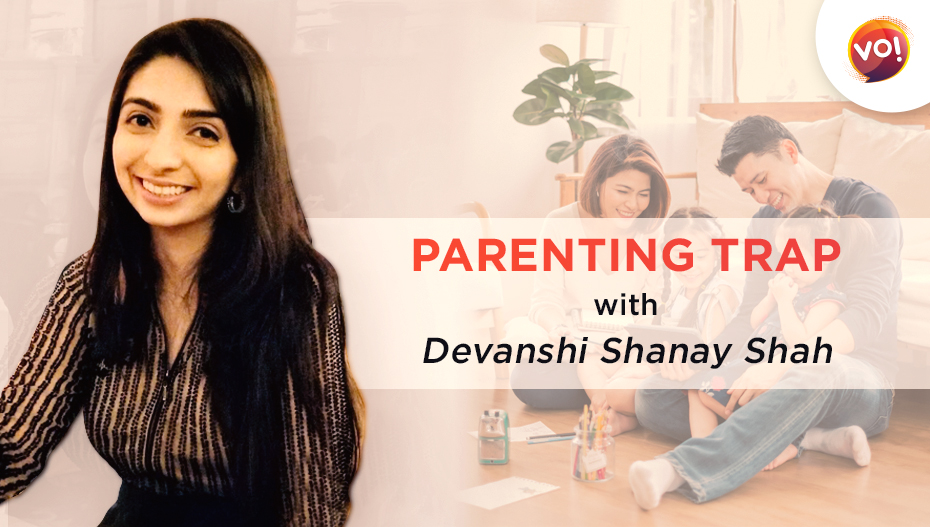A definite milestone in a baby’s life is the day they get introduced to solid food. Before six months of age, a baby’s diet consists primarily of breastmilk, formula or a combination of both. Once they get a start on solids, they begin inching towards toddlerhood, and it’s goodbye to the newborn stage. When introducing solids, a parent can choose between two separate disciplines– Traditional Weaning and Baby Led Weaning( BLW).
Traditional Weaning is what we have grown up with; it is how we have been raised – it starts with offering dal ka pani, then moving onto raab and gradually to mashed khichdi. Many of my friends pass baby food through a grinder to make it into a pasty mixture for the kids to ingest. Though it is something that our parents recommend, there are some definite cons to this process. It involves distraction feeding and leads to overeating and gradual suppression of the instinct that tells us we’ve had enough. The feeling of satiety is vital because its suppression can lead to overeating as adults too. In India, we are taught to finish everything on our plate, never to waste, whether or not we are full. As important as it is not to waste food, it’s better to take smaller portions onto our plate and feed as much as our body deems appropriate.
On the other hand, Baby Led Weaning is a mindful introduction of solids to infants. And as the name suggests, it allows the baby to take the lead. Since breastmilk is the primary source of nutrition for a child for the first year of its existence and an excellent supplement for the first three years of its life, BLW allows a sensorial exploration of food. There is no force-feeding of any kind. It respects how much the infant chooses to eat by themselves and ends the meal when the baby is done. There is no puree, dal ka pani, raab etc., offered. It begins with introducing steamed finger-sized vegetables for the baby to chew on. It doesn’t matter that baby doesn’t have teeth because their gums are strong enough to crush the cooked veggies.
The benefits of BLW is that it allows the baby to develop a healthy relationship with food, understand different textures, prevent picky eating habits in the future, and aids in gross motor skill development. The cons of BLW are that it is inherently very messy; the kids in their exploration get more food over themselves than inside their mouths. Also, it requires a lot of patience. At the start, a baby’s motor skills aren’t efficient enough to self-feed, but it is about respecting the process and not intervening. There may be times that it appears as if the baby is choking, which is scary for any parent, but it is important not to panic and let the kids expel it themselves.
I had followed a combination approach with Baby A wherein I started with finger foods and moved on to feeding her a mix of rice daal with a spoon. It has worked for us in a way that today there is a component of every meal A likes to feed herself, and though I do spoon feed her, it is in a responsive manner without and distractions of an iPad or a phone, and ending the meal when she says she’s done.
Feeding an infant can be an anxiety-inducing, frustrating process only if you let it. There will be days, weeks even when the baby refuses to open its mouth for a single bite. It could be because of teething, illness, travel, or a myriad of other reasons. But know this when the baby is truly hungry, it will eat – no need for tears from either of your sides.












